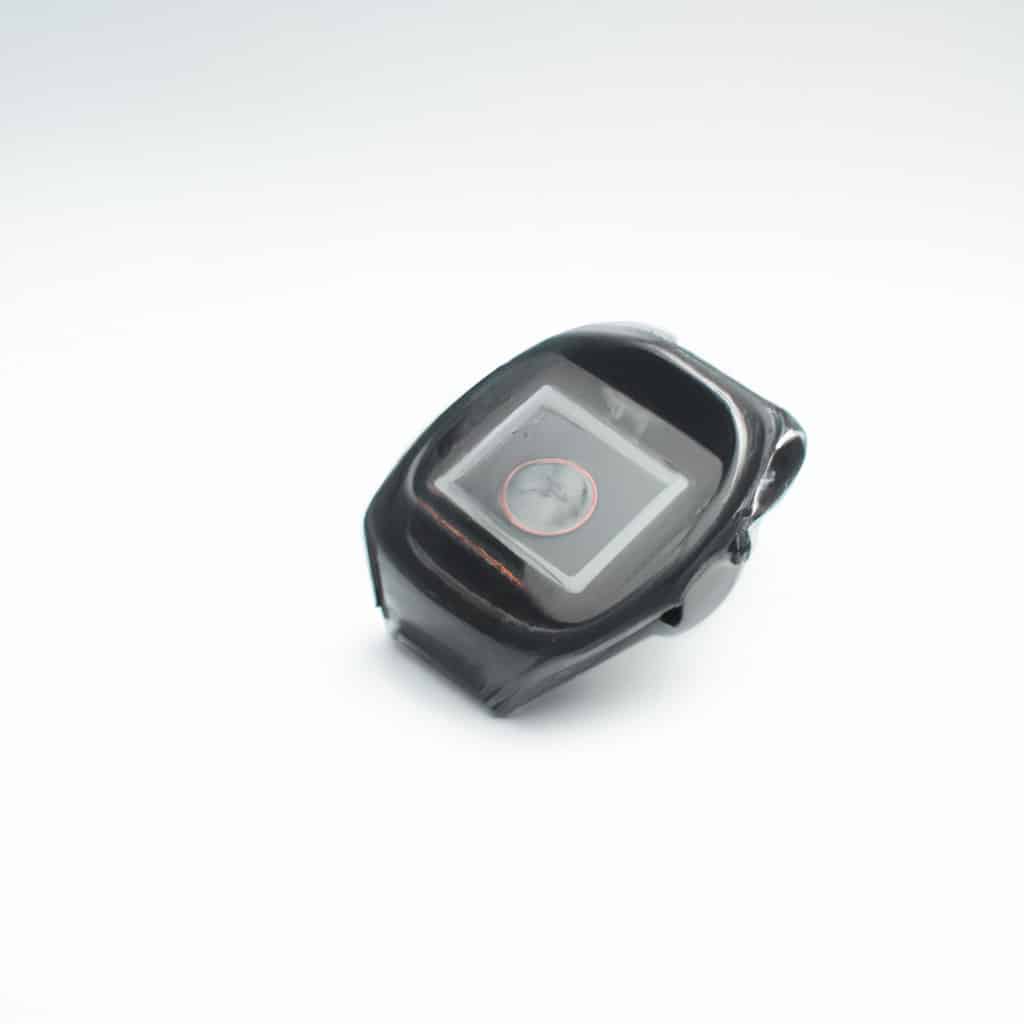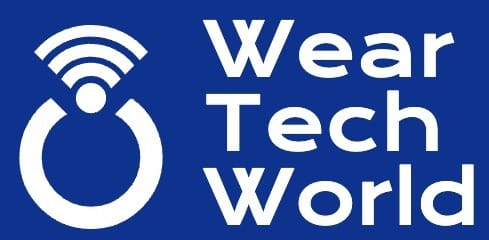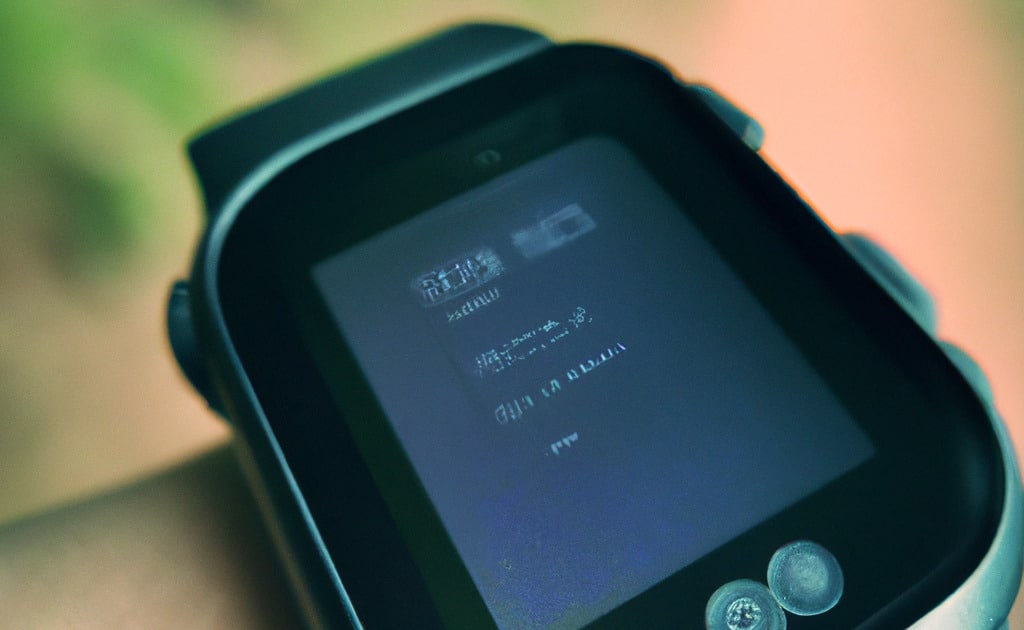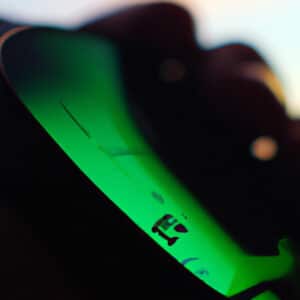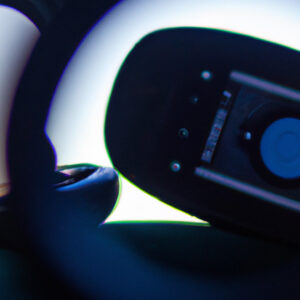Introduction:
In today’s fast-paced world, our health is of paramount importance.
Yet, amidst the hustle and bustle, we often overlook a vital aspect – our respiratory health.
Fortunately, wearable technology has emerged as a game-changer, offering us a powerful tool – activity monitors.
These cutting-edge devices have revolutionized the way we monitor and optimize our respiration rate.
In this article, we will embark on an enlightening journey into the realm of activity monitors and their profound impact on respiratory health.
From young individuals to seasoned athletes, activity monitors have become an indispensable companion in our quest for optimal breathing.
Join us as we uncover the secrets of activity monitors and explore their role in transforming respiratory health!
The Significance of Monitoring Respiration Rate
Respiration rate, the number of breaths taken per minute, is a vital metric that provides insights into our respiratory health. It is an indicator of how efficiently our lungs are functioning and can reveal potential issues or abnormalities. Traditionally, measuring respiration rate required specialized equipment and medical supervision. However, with the advent of activity monitors, monitoring respiration rate has become more accessible and convenient.
Activity monitors, equipped with advanced sensors and algorithms, have revolutionized the way we track our respiration rate. These innovative devices utilize various technologies to accurately monitor our breathing patterns in real-time. Optical sensors, for example, measure changes in blood flow and oxygen levels to estimate the number of breaths taken per minute. Accelerometers, on the other hand, detect chest movements associated with breathing and translate them into respiration rate data.
The ability to monitor respiration rate using activity monitors has significant implications for both medical and everyday use. For individuals with respiratory conditions such as asthma or chronic obstructive pulmonary disease (COPD), tracking respiration rate can help in managing symptoms and identifying potential exacerbations. By detecting abnormal breathing patterns or sudden changes in respiration rate, activity monitors can alert users to seek medical attention or adjust their treatment plans accordingly.
Moreover, activity monitors have proven to be valuable tools for athletes and fitness enthusiasts. By monitoring respiration rate during physical activity, individuals can optimize their breathing techniques and enhance their performance. Maintaining an appropriate respiration rate can improve endurance, prevent fatigue, and ensure efficient oxygen delivery to the muscles.
Beyond medical and fitness applications, activity monitors also hold great potential for research on respiratory health. By collecting large-scale data on respiration rates from diverse populations, researchers can gain valuable insights into patterns, trends, and potential risk factors for respiratory disorders. This data can contribute to the development of preventive strategies and personalized interventions.
In conclusion, activity monitors have transformed the way we monitor respiration rate, making it more accessible and convenient. These devices provide valuable insights into our respiratory health and can be beneficial for individuals with respiratory conditions, athletes, and researchers alike. By tracking our respiration rate, we can take proactive steps towards maintaining optimal respiratory well-being.
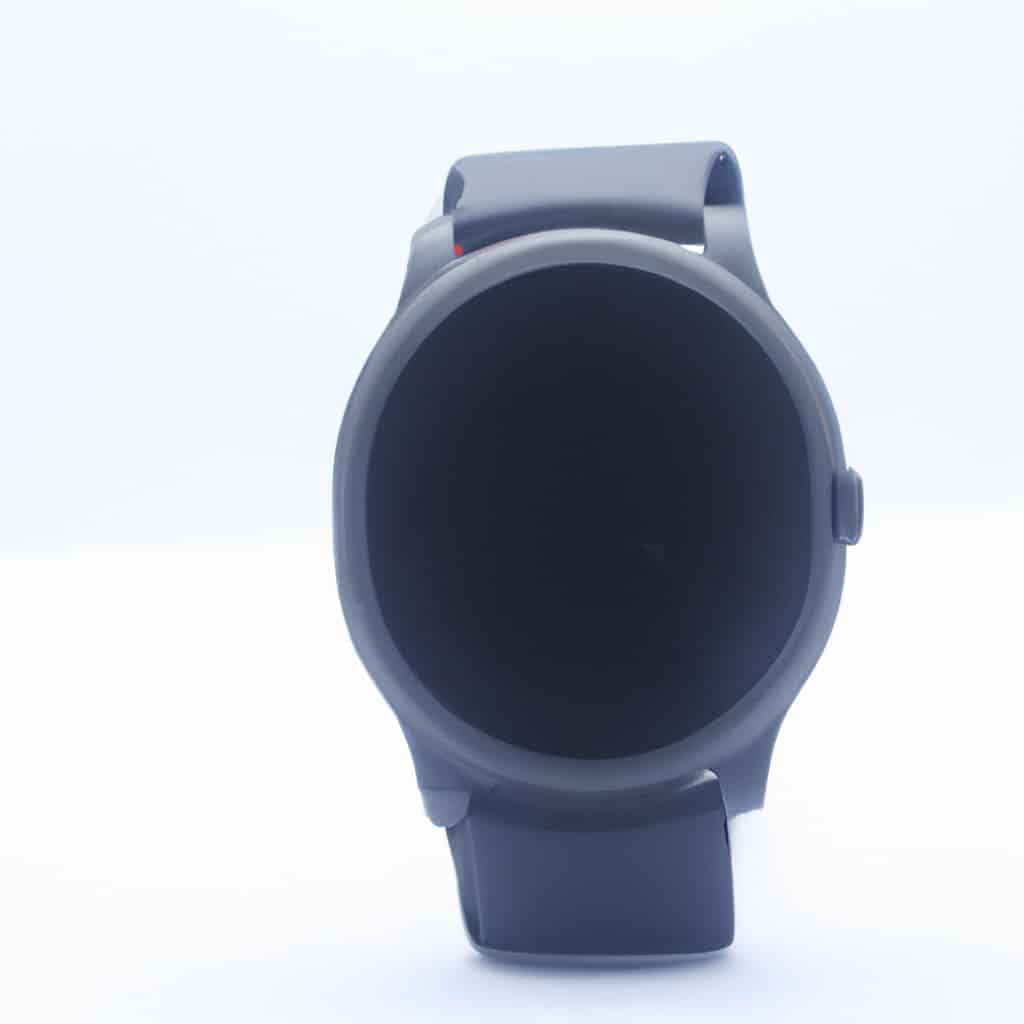
Unlocking the Benefits of Activity Monitors for Monitoring Respiration Rate
Activity monitors offer a multitude of advantages when it comes to monitoring respiration rate. Let’s explore some of the key benefits these devices provide:
1. Real-Time Feedback: One of the primary advantages of activity monitors is their ability to provide real-time feedback on respiration rate. This immediate feedback allows individuals to make necessary adjustments to their breathing patterns and ensure they are maintaining an optimal respiration rate. Whether during exercise or daily activities, real-time feedback can help individuals stay mindful of their breathing and make necessary modifications to improve their respiratory health.
2. Enhanced Self-Awareness: By tracking respiration rate with activity monitors, individuals can develop a greater sense of self-awareness when it comes to their breathing. They can become more attuned to their breathing patterns, identify any irregularities, and take proactive steps to address them. This heightened self-awareness can lead to better respiratory health management and improved overall well-being.
3. Motivation and Accountability: Activity monitors can serve as powerful motivators and accountability tools. Many activity monitors come with features such as goal setting, progress tracking, and reminders to encourage individuals to maintain a healthy respiration rate. These features can help individuals stay motivated and accountable to their respiratory health goals, leading to long-term positive habits.
4. Personalized Insights: Activity monitors collect a wealth of data on respiration rate, which can be used to provide personalized insights. By analyzing this data, individuals can gain a deeper understanding of their breathing patterns, identify trends, and make informed decisions about their respiratory health. Personalized insights can help individuals tailor their breathing exercises, adjust their activity levels, and optimize their overall respiratory well-being.
5. Integration with Other Health Metrics: Many activity monitors integrate with other health metrics, such as heart rate, sleep quality, and physical activity levels. This integration allows individuals to gain a comprehensive view of their overall health and how it relates to their respiration rate. By examining the correlations between different metrics, individuals can make connections and take a holistic approach to their well-being.
6. Early Detection of Respiratory Issues: Activity monitors can play a crucial role in the early detection of respiratory issues. By continuously monitoring respiration rate, these devices can detect any sudden changes or abnormalities in breathing patterns. This early detection can prompt individuals to seek medical attention and receive timely interventions, potentially preventing the progression of respiratory conditions.
7. Remote Monitoring and Telehealth: In the era of telehealth and remote monitoring, activity monitors have become invaluable tools. Individuals can share their respiration rate data with healthcare professionals, allowing for remote monitoring and timely interventions. This capability is particularly beneficial for individuals with chronic respiratory conditions who require regular monitoring and management.
In conclusion, activity monitors offer a wide range of benefits when it comes to monitoring respiration rate. From real-time feedback and enhanced self-awareness to motivation and personalized insights, these devices empower individuals to take control of their respiratory health. By harnessing the advantages of activity monitors, individuals can make informed decisions, optimize their breathing patterns, and ultimately improve their overall well-being.
The Future of Activity Monitors in Respiratory Health
Activity monitors have already revolutionized the way we monitor our respiration rate, but their potential for the future is even more promising. As technology continues to advance at a rapid pace, we can expect exciting developments that will further enhance our understanding and management of respiratory health. Let’s explore some potential future advancements and applications of activity monitors in respiratory health:
1. Advanced Sensor Technology: Activity monitors are likely to incorporate more advanced sensor technology in the future. This could include sensors that can measure additional respiratory parameters, such as lung capacity, respiratory muscle strength, or even the composition of exhaled gases. With more comprehensive data, individuals will have a deeper understanding of their respiratory health and can take targeted actions to improve it.
2. Artificial Intelligence and Machine Learning: As activity monitors collect more data on respiration rate, artificial intelligence (AI) and machine learning algorithms can play a crucial role in analyzing and interpreting this information. AI algorithms can identify patterns, detect anomalies, and provide personalized recommendations for improving respiratory health. This integration of AI can enhance the effectiveness and accuracy of activity monitors in monitoring and managing respiratory conditions.
3. Integration with Smart Home Devices: Activity monitors can potentially integrate with smart home devices to create a seamless and interconnected respiratory health monitoring system. For example, activity monitors could communicate with air quality sensors or smart thermostats to provide real-time feedback on how environmental factors impact respiration rate. This integration can help individuals create a healthier living environment and optimize their respiratory health.
4. Gamification and Social Engagement: To further motivate individuals to maintain a healthy respiration rate, activity monitors could incorporate gamification elements and social engagement features. Gamification can turn respiratory health management into a fun and interactive experience, while social engagement features can foster a sense of community and support among users. This combination can enhance motivation and adherence to respiratory health goals.
5. Remote Monitoring and Telemedicine: The COVID-19 pandemic has highlighted the importance of remote monitoring and telemedicine. Activity monitors can continue to play a significant role in remote healthcare by allowing healthcare professionals to monitor patients’ respiration rate remotely. This capability can help individuals with chronic respiratory conditions receive timely interventions and reduce the need for frequent in-person visits.
6. Integration with Personalized Medicine: With advancements in genomics and personalized medicine, activity monitors can potentially integrate with genetic data to provide personalized recommendations for respiratory health management. By considering an individual’s genetic predispositions and unique physiological characteristics, activity monitors can offer tailored interventions and optimize respiratory health outcomes.
7. Data Privacy and Security: As activity monitors collect sensitive health data, ensuring data privacy and security will be of utmost importance. Future advancements in activity monitors should prioritize robust data encryption, secure storage, and user consent mechanisms to protect individuals’ privacy and maintain trust in these devices.
8. Collaboration with Healthcare Providers: Activity monitors have the potential to foster closer collaboration between individuals and healthcare providers. By sharing respiration rate data collected by activity monitors, individuals can provide valuable information to their healthcare team, enabling more informed decision-making and personalized treatment plans. This collaborative approach can lead to better respiratory health outcomes and improved patient-provider relationships.
In conclusion, the future of activity monitors in monitoring respiration rate is filled with tremendous potential. With advancements in sensor technology, artificial intelligence, integration with smart home devices, and personalized medicine, activity monitors will continue to revolutionize respiratory health management. By harnessing the power of technology, we can look forward to a future where respiratory health is optimized, personalized, and easily accessible to all.
In conclusion, activity monitors have revolutionized the way we monitor and manage our respiration rate, providing us with valuable insights into our respiratory health. These innovative devices have made respiratory health monitoring more accessible, convenient, and personalized. By tracking our respiration rate in real-time, activity monitors empower us to take proactive steps towards optimizing our breathing patterns and improving our overall well-being.
The benefits of activity monitors in monitoring respiration rate are vast. From real-time feedback and enhanced self-awareness to motivation and personalized insights, these devices have the potential to transform the way we approach respiratory health. With advancements in sensor technology, artificial intelligence, and integration with other devices and systems, activity monitors will continue to evolve and offer even more comprehensive monitoring capabilities.
Furthermore, the future of activity monitors in respiratory health holds tremendous promise. As technology continues to advance, we can expect to see more advanced sensor technology, integration with smart home devices, and personalized medicine. These advancements will enable us to gain a deeper understanding of our respiratory health and take targeted actions to improve it.
The potential applications of activity monitors in respiratory health are vast. From individuals with chronic respiratory conditions to athletes seeking to optimize their performance, these devices have the potential to benefit people of all ages and fitness levels. By leveraging the power of technology, activity monitors can empower us to take control of our respiratory health and lead healthier lives.
However, it is important to consider the ethical implications and ensure data privacy and security as activity monitors collect sensitive health information. Robust data encryption, secure storage, and user consent mechanisms should be prioritized to protect individuals’ privacy and maintain trust in these devices.
In conclusion, activity monitors have emerged as powerful tools in monitoring respiration rate and optimizing respiratory health. With their ability to provide real-time feedback, enhance self-awareness, and offer personalized insights, these devices have the potential to revolutionize the way we approach respiratory health management. As we look towards the future, the possibilities for activity monitors in respiratory health are limitless. The question is, how will you harness the power of activity monitors to improve your respiratory well-being?
How will you harness the power of activity monitors to improve your respiratory well-being?
